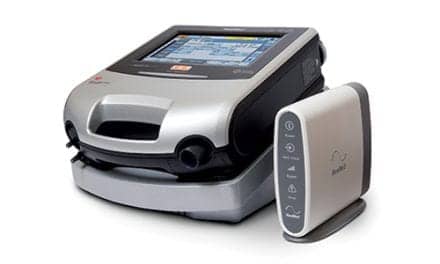Patients being treated out-of-hospital for cardiac arrest benefit more from conventional bag-valve-mask (BVM) ventilation than from aggressive airway intervention, according to study results in the January 16 issue of JAMA.
“Our clinical data are consistent with findings from several studies in trauma and pediatric patients. These studies have suggested that prehospital endotracheal intubation may lead to a decreased rate of favorable neurological outcome, and only a few studies have demonstrated benefit from endotracheal intubation, ” the authors conclude. “Our observations contradict the assumption that aggressive airway intervention is associated with improved outcomes and provide an opportunity to reconsider the approach to prehospital airway management in this population.”
For the nationwide population-based cohort study of 649,654 adult patients in Japan with out-of-hospital cardiac arrest (OHCA), researchers looked at those who had an OHCA and in whom resuscitation was attempted by emergency responders with subsequent transport to medical institutions.
Among all patients, rates of return of spontaneous circulation, 1-month survival, and neurologically favorable survival were 6.5%, 4.7%, and 2.2%, respectively. In those who had endotracheal intubation, the rates of neurologically favorable survival were 1.0%; the number rose to 1.1% for a supraglottic airway and 2.9% for bag-valve-mask ventilation. Patients in the advanced airway group had a 62% lower odds of a favorable neurological outcome compared with the bag-valve-mask group. The odds of neurologically favorable survival were significantly lower both for endotracheal intubation and for supraglottic airways.
“Should clinicians avoid advanced airway management during CPR based on the best available observational evidence? Although one option would be to remove advanced airway management from the skill set of all out-of-hospital rescuers, that approach would disregard situations in which advanced airway management would be expected to be efficacious, especially for long-distance transfers and respiratory failure not yet with cardiac arrest,” the authors noted. “Future research will need to identify whether there are subsets of patients for whom prehospital advanced airway management is beneficial.”









